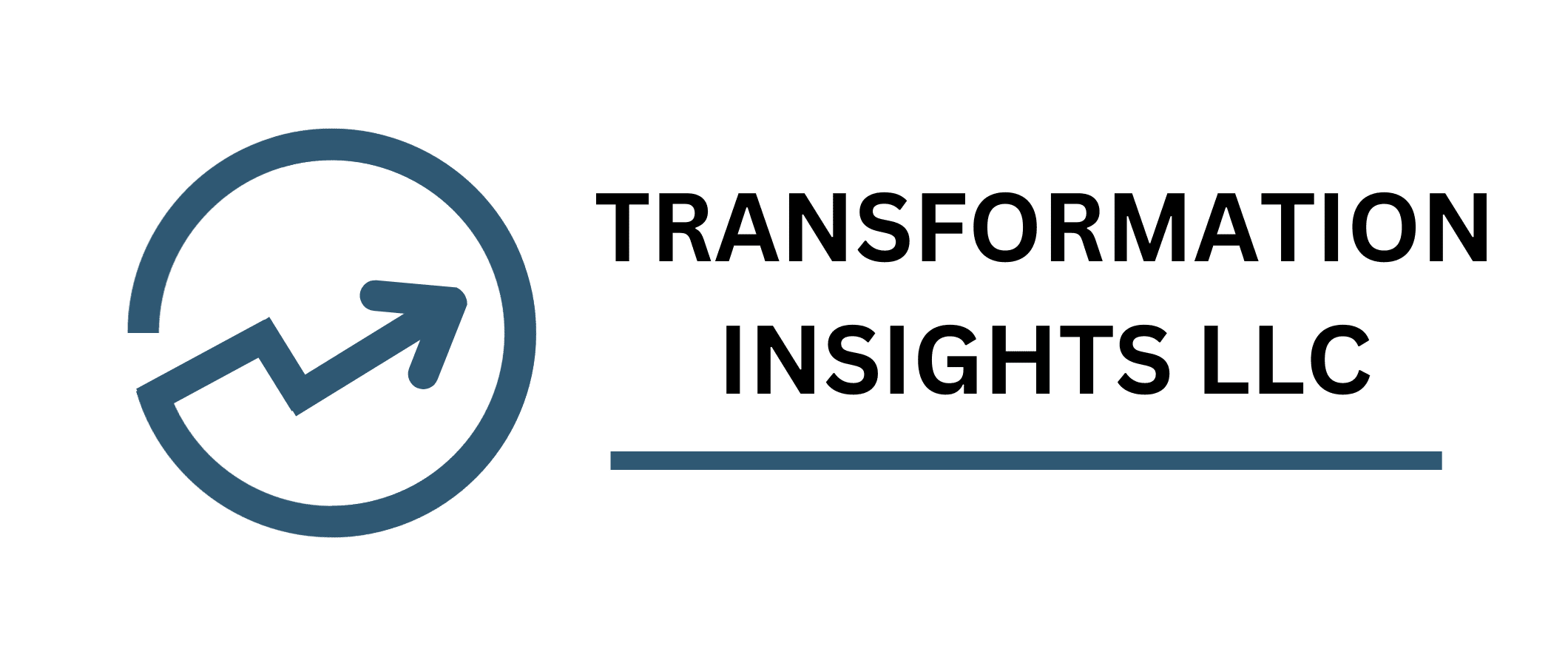In B2B marketing, engaging technical audiences presents a unique set of challenges and opportunities. Drawing from over 25 years of experience in marketing and GTM strategies for SaaS and tech companies, I have worked with customers and prospects on both the business and technical sides. For technical audiences, this has included marketing to CTOs, CIOs, CDOs, engineering leaders, developers, scientists, and other technical professionals – each requiring a distinct approach.
Here, I’ll share a few key strategies to effectively connect with and influence this discerning audience. As with all audiences, there is not a one-size fits all, but instead some ideas to tailor your message.
Identifying and Solving Their Problem
One of the most critical aspects of marketing to your audience is identifying the problem you can solve. For example, technical professionals who are looking for efficiency and performance improvements will be looking for specific quantifiable solutions. You will need to articulate how your product or service solves their specific challenges better than any other solution on the market. Highlight the unique features and capabilities that set your offering apart, and explain how these translate into real-world benefits such as reduced downtime, increased productivity, or enhanced security. By demonstrating a deep understanding of their pain points and providing a compelling case for why your solution is the optimal choice, you can build a strong foundation for trust and interest.
Understanding the Technical Mindset
Technical audiences are typically analytical, detail-oriented, and may be ‘wary’ and skeptical of marketing or sales. As so many industries now have a strong technical component, the technical buyer has also evolved. Consider that they will be evaluating a number of different options with objective comparison criteria. A few of the key attributes to consider in your pitch, demo, proposal or RFP:
- Data-driven: Avoid vague statements and provide concrete data, specifications, and facts backed by numbers and demonstrating the return on investment (ROI).
- Problem-solving : Highlight how your product or service addresses specific technical problems or inefficiencies. Quantify where possible.
- Peer validation: Case studies, testimonials from respected peers, and industry certifications carry significant weight. Review sites for software platforms will be important. Make sure your company is listed and up to date.
Establishing Credibility
Credibility and trust are table stakes when marketing to technical audiences. Demonstrating your expertise and reliability can significantly influence their decision-making process. Showcase your experience with other customers, particularly well-known or respected brands within their industry. Highlight any technical credentials, certifications, and industry associations that validate your competence. Participation in speaking engagements, published articles, and white papers can also enhance your authority and build your personal brand. Emphasize the technical expertise of your team members, including their credentials and relevant experience. By building a robust portfolio of credentials, you can gain trust and build faster rapport with potential customers.
Crafting the Message
The next area of consideration is how to position your message. A few specifics from my experience revolve around the style and the way the information is presented.
1. Leverage technical terminology effectively : While it’s important to speak their language, overloading your content with jargon can distract from your message and actually backfire. Strike a balance by using industry-specific terms where necessary but ensuring clarity for all potential readers. Communicate for the audience, not only for the SEO ranking.
2. Focus on value and ROI, talk in numbers: Technical professionals need to see the tangible benefits of your solution. Clearly outline the return on investment, efficiency gains, and long-term value. Think about the technical differentiation your service or solution provides and quantify that value both in financials as well as comparable technical specs.
3. Provide in-depth content: White papers, technical blogs, and detailed product guides are invaluable. Offer comprehensive content that allows your audience to delve into the specifics of your solution. Video is another good option which provides the opportunity to give more context on the problems to solve.
Effective Channels
When it comes to reaching technical audiences, selecting the right channels is just as important as crafting the right message. The following are some of the most effective platforms and methods for engaging with this discerning group:
1. Technical blogs and forums: Research technical community platforms and industry-specific forums are where technical professionals seek information and share knowledge. Participating in these communities and contributing valuable insights can position your brand as a thought leader.
2. Webinars and demos: Live demonstrations and webinars allow for real-time interaction and detailed walkthroughs of your product’s capabilities. Ensure these sessions are led by knowledgeable technical experts who can address detailed questions.
3. Industry conferences and roundtables: In-person events remain a powerful way to connect. Presenting at conferences or sponsoring technical roundtables provides direct access to your target audience and fosters trust through face-to-face interactions. These venues also serve to position you as a thought leader driving technology change.
Personalizing the Approach
To effectively resonate with technical audiences, it’s important to personalize your marketing approach. Here are some strategies to ensure your messaging and content are tailored to their specific needs and preferences:
1. Speak to your segmented audience: Not all technical professionals have the same needs or expertise. Segment your audience based on roles, industries, and specific challenges they face. Tailor your messaging accordingly and connect as if you are speaking or writing directly to the person.
2. Interact and engage with content: Technical audiences appreciate hands-on experiences. Interactive content like product simulations, trial versions, and sandbox environments can provide the practical experience they need to understand your service or product’s value. Tailor the demo or service example to their problem set or business.
3. Educate and inform: Develop informative content that helps your technical buyer solve problems and improve their skills. This can include white papers, guides, and educational videos. By becoming a source of valuable knowledge, you build credibility and trust. Buyers are spending more time researching on their own before they ever approach a potential supplier.
Personalize your approach, write or record as if you are talking directly to the person, not a general market.
Engaging Key Influencers
In any organization, multiple stakeholders can influence the decision to adopt a new solution. It’s essential to identify and engage these key influencers early in the process. Beyond the technical team, you may need to involve the business team, procurement, finance, and services departments as examples. Each of these groups will have unique concerns and priorities. For example, the business team might focus on strategic alignment and ROI, procurement on cost-effectiveness and vendor reliability, finance on budget impact, and services on integration and support. Tailoring your approach to address the specific interests and objections of each influencer can help ensure a smoother and more successful adoption process. By demonstrating how your solution meets the needs of the entire organization, you can build a more compelling case for its implementation.

Photo by: Jakub Żerdzicki
Leveraging Analytics
Use data-driven insights to continuously refine your marketing strategies. Track engagement metrics, conversion rates, and feedback to understand what resonates with your technical audience. Always reach out to customers to understand why they have bought from you, or not bought from you. This self-reflection will enable you to improve your company’s offering and approach. An iterative approach of continuous improvement ensures that your marketing efforts remain relevant and effective in the market. With AI you will be able to gain more insights than ever before and further refine your GTM strategy.
Summary
Marketing to technical audiences demands a blend of precision, depth, and authenticity. By understanding the problems to solve, your buyer’s mindset, crafting tailored messages, leveraging appropriate channels, and continuously refining your approach, you can effectively engage and influence this critical B2B segment. My experience has been that when you meet technical professionals with credible information and solutions, the results can be transformative for your marketing efforts and overall business growth.
Working on your GTM approach or refining your marketing plans to accelerate your results? Reach out to explore how we can partner together to craft solutions that resonate with your market.

